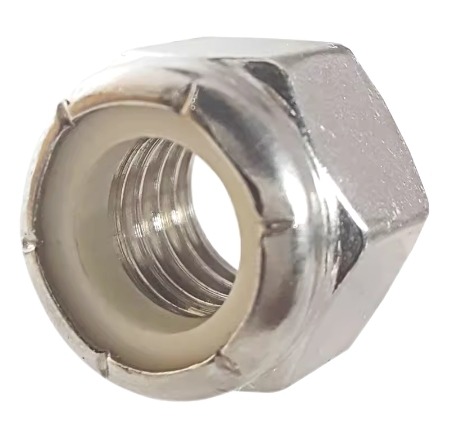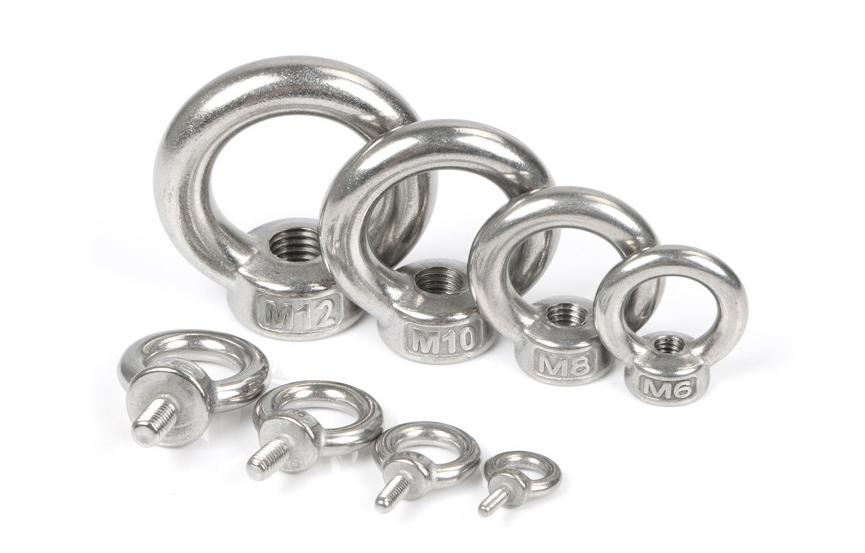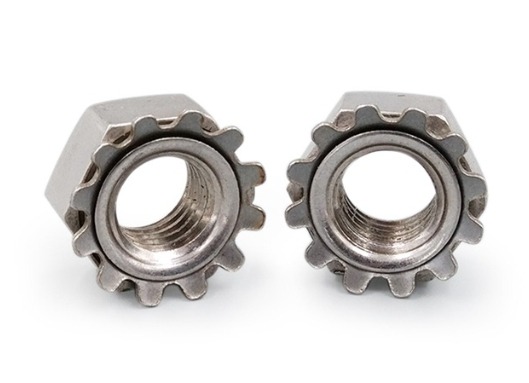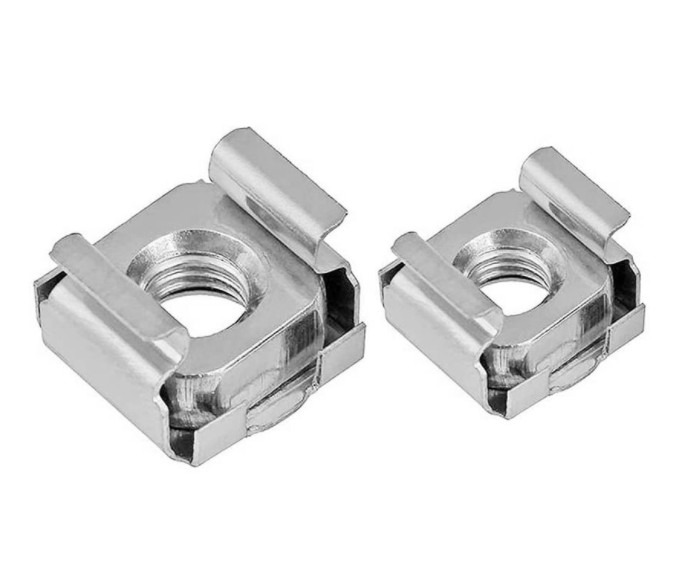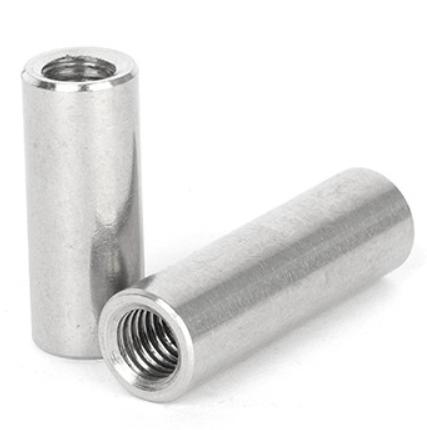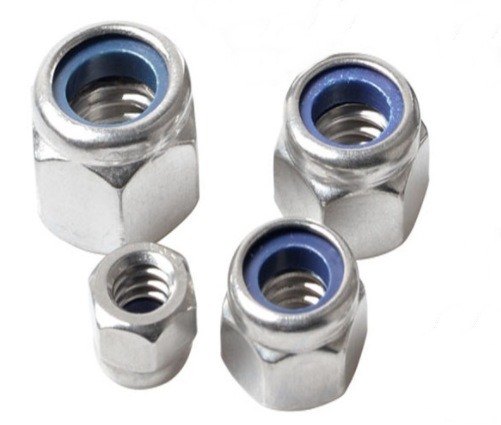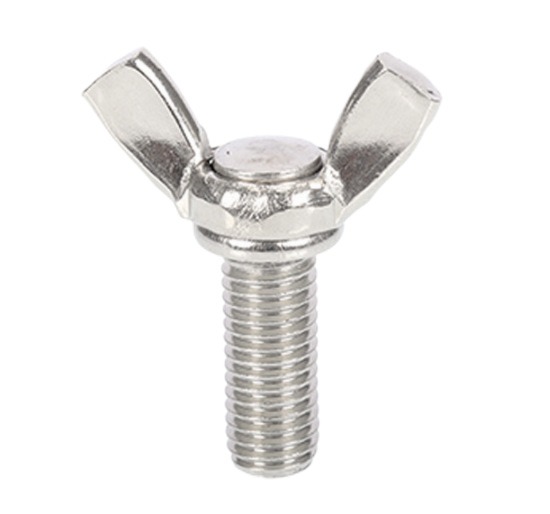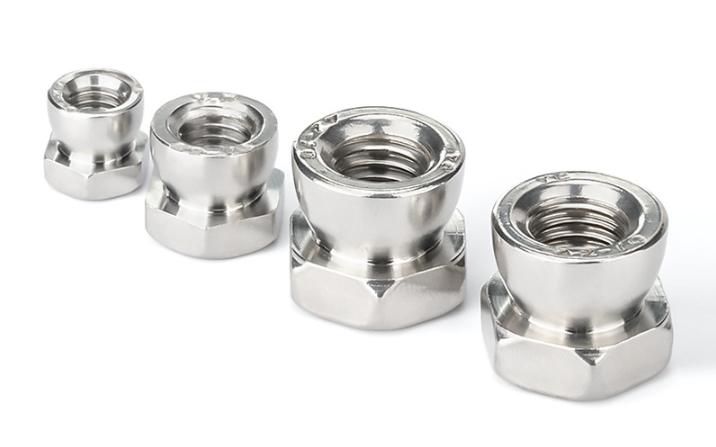How Do Innovations in Self-Locking Nut Technologies Revolutionize Fastening Solutions?
From aerospace and automotive industries to manufacturing and construction sectors, self-locking nut plays a vital role in ensuring the integrity and reliability of assembled components. Innovations in self-locking nut technologies have revolutionized fastening solutions across industries, offering enhanced security, reliability, and efficiency. This article explores the latest innovations in self-locking nut technologies, exploring their design principles, applications, and the transformative impact they have on various industries.
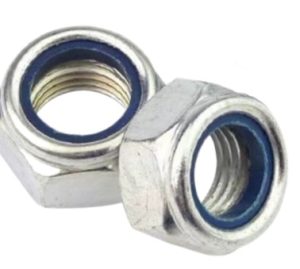
The Evolution of Self-Locking Nut Technologies
Traditionally, securing threaded fasteners required additional measures such as lock washers, adhesives, or nylon inserts to prevent loosening due to vibration or dynamic loads. However, these methods often proved insufficient or impractical in demanding environments. The emergence of self-locking nut technologies addressed this challenge by integrating locking features directly into the nut design, eliminating the need for additional components and enhancing reliability.
Here’s a simple chart outlining the basics of self-locking nuts
| Aspect | Description |
| Definition | Enhance the safety, reliability, and durability of assemblies by maintaining consistent tension and preventing bolt failure. |
| Locking Methods | Various methods include nylon inserts, deformed threads, prevailing torque, serrated flanges, and more. |
| Applications | Widely used in automotive, aerospace, construction, machinery, and various industries for secure fastening. |
| Advantages | It may require higher torque for installation, specialized tools, and potential replacement due to wear over time. |
| Disadvantages | They are widely used in automotive, aerospace, construction, machinery, and various industries for secure fastening. |
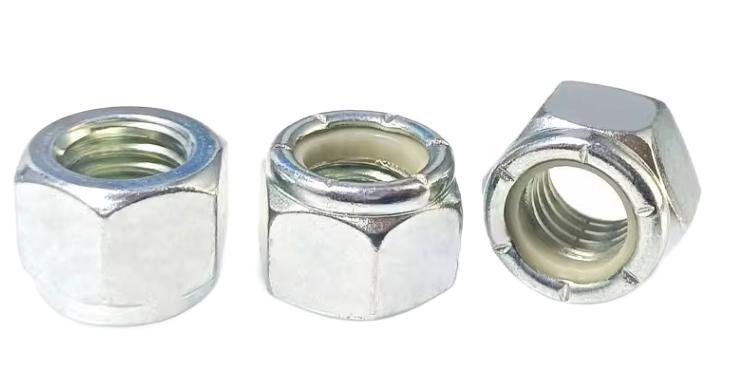
Innovative Design Principles in Self-Locking Nut Technologies
1. Prevailing Torque Mechanisms
Prevailing torque is a fundamental principle in self-locking nut design, where a portion of the nut’s threads is deformed during installation, creating friction that resists loosening. Innovative prevailing torque mechanisms utilize various thread geometries, materials, and manufacturing techniques to optimize locking performance while ensuring ease of installation and removal.
2. Deformable Inserts
Self-locking nut with deformable inserts, such as nylon or metal insert, offers an effective locking mechanism that provides resistance to vibration and loosening. The insert deforms under pressure during installation, creating interference between the threads and generating friction that prevents the nut from backing off. Advanced materials and insert designs enhance locking performance while maintaining compatibility with standard bolt threads.
3. Wedge Locking Profiles
Wedge locking nuts feature a unique thread profile with angled surfaces that wedge against the bolt threads when tightened, creating a secure locking mechanism. These nuts provide superior resistance to vibration and loosening, making them ideal for high-stress applications in industries such as mining, construction, and heavy machinery. Innovations in wedge locking profiles optimize the distribution of clamping forces and enhance locking performance under extreme conditions.
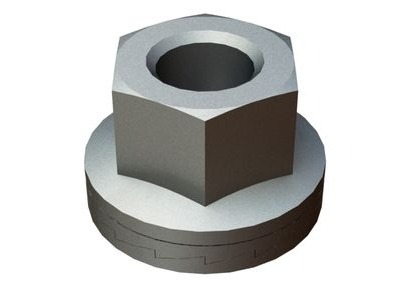
4. Adhesive Coatings and Patches
Self-locking nut with adhesive coatings or patches applied to the threads offers a reliable locking solution that bonds the nut to the bolt upon installation. The adhesive cures to form a strong, durable bond that prevents loosening due to vibration or dynamic loads. Innovations in adhesive formulations and application methods improve bonding strength, chemical resistance, and temperature stability, expanding the range of applications for adhesive locking nuts.
5. Variable Torque Designs
Variable torque self-locking nuts feature adjustable locking torque levels that can be tailored to specific application requirements. These nuts allow users to adjust the prevailing torque by changing the thread pitch, thread profile, or material properties, providing flexibility and versatility in fastening solutions. Variable torque designs optimize locking performance while accommodating a wide range of load conditions and environmental factors.
6. Interference Fit Mechanisms
Some self-locking nuts utilize interference fit mechanisms, where the nut is designed to exert pressure on the bolt threads through radial expansion or compression. These nuts create a tight interference fit between the nut and bolt, preventing axial movement and ensuring reliable locking under axial or vibrational loads. Innovations in interference fit designs optimize contact pressure distribution and enhance locking performance without compromising thread integrity.
7. Multi-Stage Locking Systems
Multi-stage locking systems incorporate multiple locking mechanisms or stages to provide enhanced security and reliability. These systems utilize a combination of prevailing torque, wedge locking, adhesive bonding, or other locking principles to create redundant locking mechanisms that withstand extreme conditions and prevent loosening. Innovations in multi-stage locking systems optimize the sequence and interaction of locking mechanisms to maximize fastening integrity and performance.
Applications Across Industries of Innovative Self-locking Nut Technologies
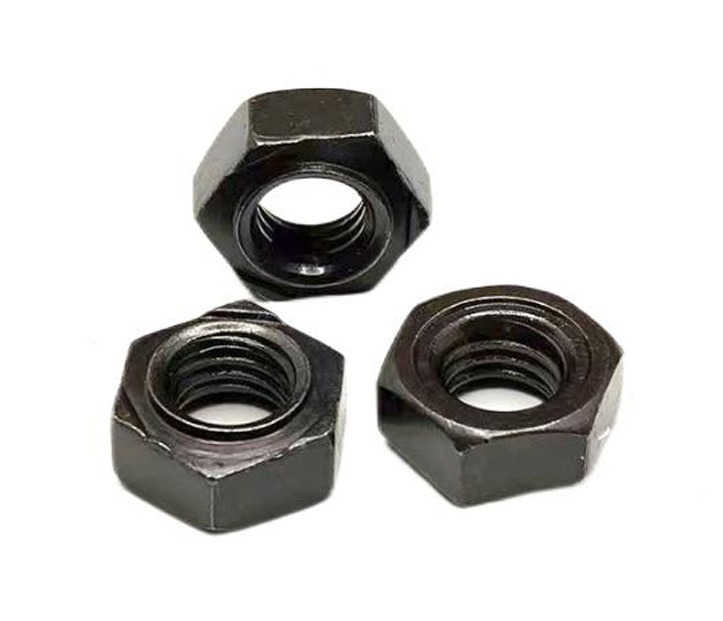
1. Automotive Industry
In the automotive sector, self-locking nut technologies are extensively employed in vehicle assembly and manufacturing processes. These nuts secure critical components such as engine mounts, suspension systems, chassis components, and exhaust systems. They provide vibration resistance and prevent loosening, ensuring the safety and reliability of automotive systems under dynamic operating conditions.
2. Aerospace and Aviation
The aerospace and aviation industries demand the highest levels of safety, reliability, and performance. Self-locking nut technologies play a vital role in securing aircraft components, including airframes, engines, landing gear, and control systems. These nuts are engineered to withstand extreme temperatures, high vibration levels, and dynamic loads encountered during flight, ensuring the integrity and stability of aerospace structures and systems.
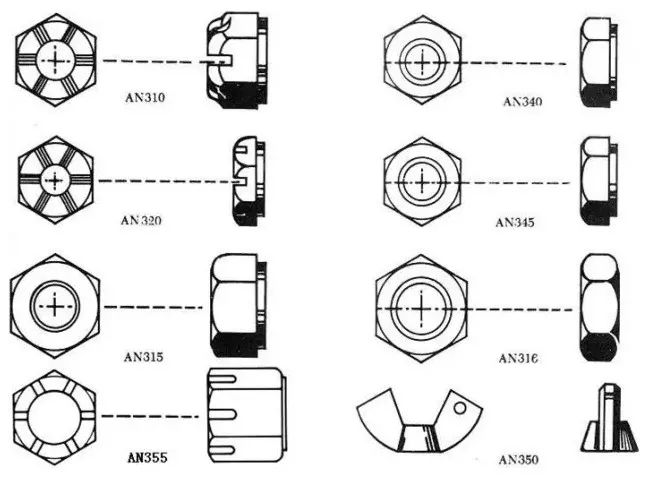
3. Construction and Infrastructure
In construction and infrastructure projects, self-locking nut technologies are used to fasten structural elements such as steel beams, columns, and joints. These nuts provide secure connections in buildings, bridges, highways, and other infrastructure assets, ensuring structural stability and durability. Self-locking nuts are preferred for their resistance to vibration, corrosion, and environmental factors, making them ideal for demanding construction applications.
4. Manufacturing and Machinery
Manufacturing and machinery industries rely on self-locking nut technologies to secure components in heavy machinery, industrial equipment, and production line systems. These nuts are used in assembly processes for machine tools, conveyors, robotics, and automation systems, ensuring reliable operation and uptime. Self-locking nuts offer vibration resistance, precise torque control, and easy installation, enhancing efficiency and productivity in manufacturing operations.
5. Oil and Gas
In the oil and gas industry, self-locking nut technologies are utilized in drilling rigs, pipelines, refineries, and offshore platforms. These nuts secure critical equipment and structural components subjected to high pressures, corrosive environments, and extreme weather conditions. Self-locking nuts provide leak-proof connections, prevent bolt loosening, and ensure the integrity and safety of oil and gas infrastructure.
6. Marine and Maritime
In marine and maritime applications, self-locking nut technologies are essential for securing components in ships, vessels, offshore structures, and marine equipment. These nuts withstand the corrosive effects of seawater, salt spray, and marine environments, providing reliable fastening solutions for maritime systems. Self-locking nuts are used in engine rooms, propulsion systems, deck fittings, and structural assemblies, ensuring seaworthiness and operational reliability.
7. Rail and Transportation
In rail and transportation systems, self-locking nut technologies are employed in locomotives, passenger trains, freight cars, and rail infrastructure. These nuts secure rail tracks, switches, signals, and overhead catenary systems, ensuring safe and efficient rail operations. Self-locking nuts withstand dynamic loads, vibrations, and environmental conditions encountered in rail transportation, maintaining track integrity and passenger safety.
8. Renewable Energy
In the renewable energy sector, the self-locking nut is utilized in wind turbines, solar panels, and other renewable energy systems to secure components and support structures. Their resistance to environmental factors and vibrations helps maintain the efficiency and reliability of renewable energy installations.
9. Defense and Military
Self-locking nuts play a vital role in defense and military applications, where reliability, security, and performance are critical requirements. They are used in military vehicles, weapon systems, and equipment to secure components and assemblies in challenging operational environments.
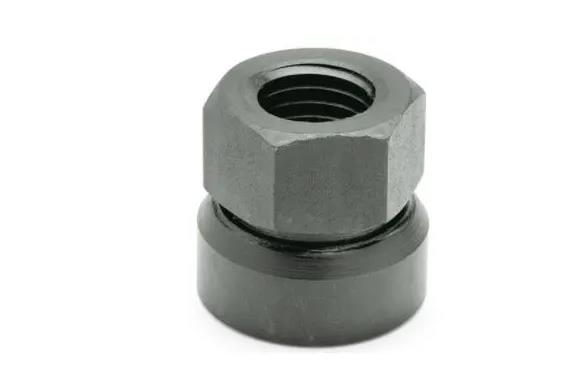
Conclusion
Innovations in self-locking nut technologies have transformed the landscape of fastening solutions, offering reliable, efficient, and cost-effective solutions for a wide range of applications across industries. With its advanced design principles and widespread adoption, the self-locking nut continue to play a critical role in ensuring the integrity, safety, and performance of assembled components in various sectors, driving innovation and efficiency in fastening technology.

